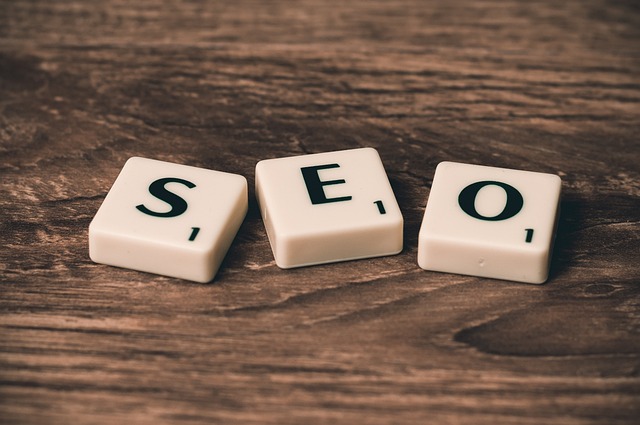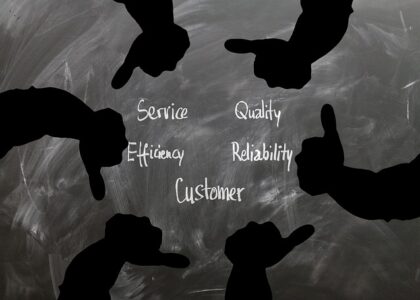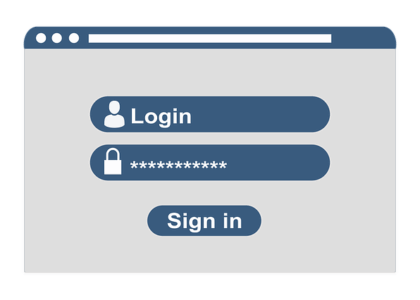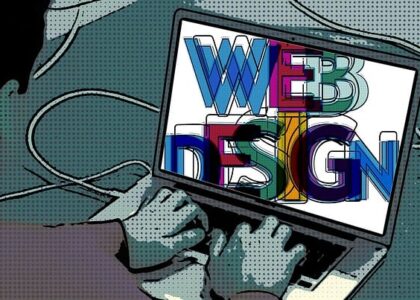Hiring a web designer is a big step for any business. Whether you’re launching a startup or upgrading a dated site, you might wonder: What exactly happens during a professional web design process? In this post, we’ll walk you through the full journey so you’re well-prepared from the start.
As a digital marketing and SEO expert with over 20 years of experience, I can confidently say that understanding this process will save you time, money, and stress—and ensure your website achieves its business goals.
1. Discovery and Requirement Gathering
The first step in the web design process is understanding what the client wants. This phase sets the tone for everything that follows.
- Client goals and business objectives
- Target audience analysis
- Competitor review
- Functionality wishlist
- Current website audit (if applicable)
You may also fill out a questionnaire or attend a kickoff meeting to clarify the project’s scope. This phase should not be rushed. Getting it right saves a lot of rework later.
2. Strategy and Planning
After requirements are clear, your designer (or agency) will create a detailed plan. This typically includes:
- Sitemap creation
- Wireframes or mockups
- Content outline
- Technology stack decisions
- Timeline and deliverables
This step is often overlooked by freelancers, but it’s essential for a professional outcome. Remember, strategy drives success.
3. Design and User Experience (UX)
Now comes the exciting part—bringing your brand to life visually.
- Visual design mockups
- Color schemes and typography
- Branding elements (logos, style guides)
- User interface (UI) design
- Feedback and revision cycles
Good designers focus not just on aesthetics but also on user flow and conversion. Want to learn how visuals impact first impressions? Read What is the First Rule of Web Design?
4. Development and Integration
Here’s where design becomes functional.
- Front-end coding (HTML, CSS, JavaScript)
- Back-end development (CMS, databases, payment systems)
- Mobile responsiveness
- SEO best practices embedded in code
- Third-party integration (CRM, APIs, email tools)
It’s important to note that a good developer will code with SEO in mind. For more on this, check our guide: How to Choose the Right Web Design
5. Content Creation and Upload
This phase involves:
- Writing web-optimized copy
- Inserting metadata and alt tags
- Page formatting
- Multimedia uploads (images, videos, PDF downloads)
Content should be compelling and aligned with your brand voice. Unfortunately, many businesses overlook the power of content.
6. Testing and Quality Assurance
Before launch, rigorous testing ensures that your site works across all devices and browsers. Checks include:
- Functional testing (forms, buttons, cart, login)
- Cross-browser compatibility
- Mobile performance
- Page load speed
- SEO audit
Pro tip: Mistakes during testing can cause post-launch embarrassments, so don’t skip this stage.
7. Launch and Go-Live
If everything checks out, it’s time to publish. But a professional launch isn’t just clicking “Publish”—it includes:
- DNS pointing and domain setup
- SSL configuration
- Live environment testing
- Backup creation
- Launch announcement on socials or email
Congrats! But we’re not done yet.
8. Post-Launch Support and Maintenance
Many clients assume the work ends at launch—it doesn’t.
- Security updates
- Bug fixes
- Performance monitoring
- Content tweaks
- SEO analytics
Good web designers offer ongoing support packages to keep your site healthy and competitive.
9. Measuring ROI and Success
A professional web designer will help you track:
- Traffic increase
- Conversion rates
- Lead generation
- Bounce rates
- Keyword rankings
To understand the financial side better, see our breakdown of Cost of Web Designing in Kenya in 2025
10. Common Mistakes to Avoid
- Rushing the design phase
- Choosing aesthetics over UX
- Not budgeting for maintenance
- Forgetting SEO
- Not using a contract
These might seem obvious, but trust me—many businesses repeat them again and again.
Wrapping Up
A professional web design process is comprehensive and well-structured. It goes far beyond just building a website—it involves strategic thinking, creative execution, and long-term planning. Understanding the steps involved ensures you’re informed and empowered throughout the journey.
A proccess well done can transform your online presence, drive growth, and set you apart from competitors.
FAQs
1. How long does a professional web design process take?
Typically 4 to 12 weeks depending on scope and responsiveness.
2. What platforms do professionals use in 2025?
Mostly WordPress, Webflow, and custom CMS for advanced projects.
3. Is SEO included in professional web design?
It should be. Make sure to confirm this before signing a contract.
4. Can I skip the planning phase?
Not advisable. Planning prevents miscommunication and errors.
5. What’s the most important phase?
All are important, but a solid strategy and planning phase are critical.






